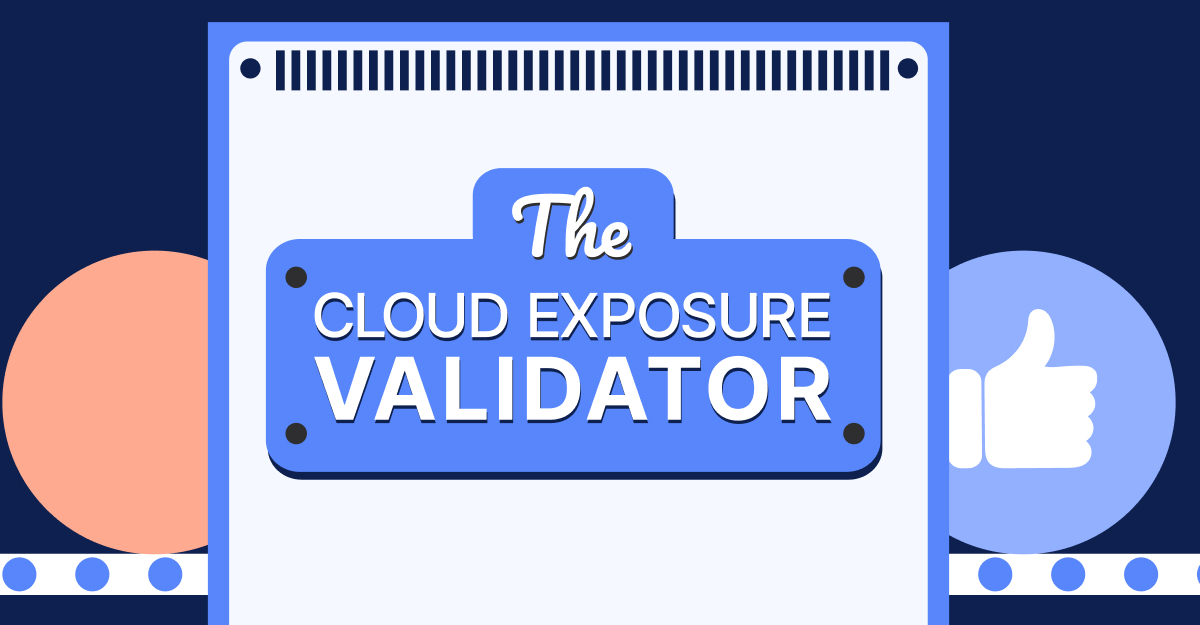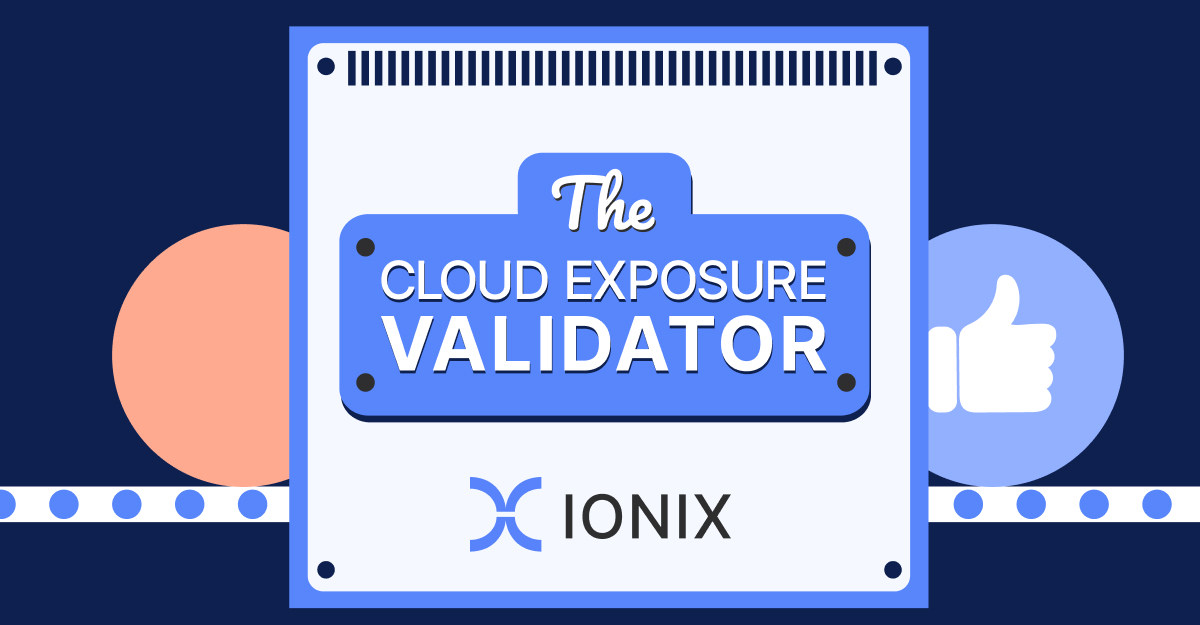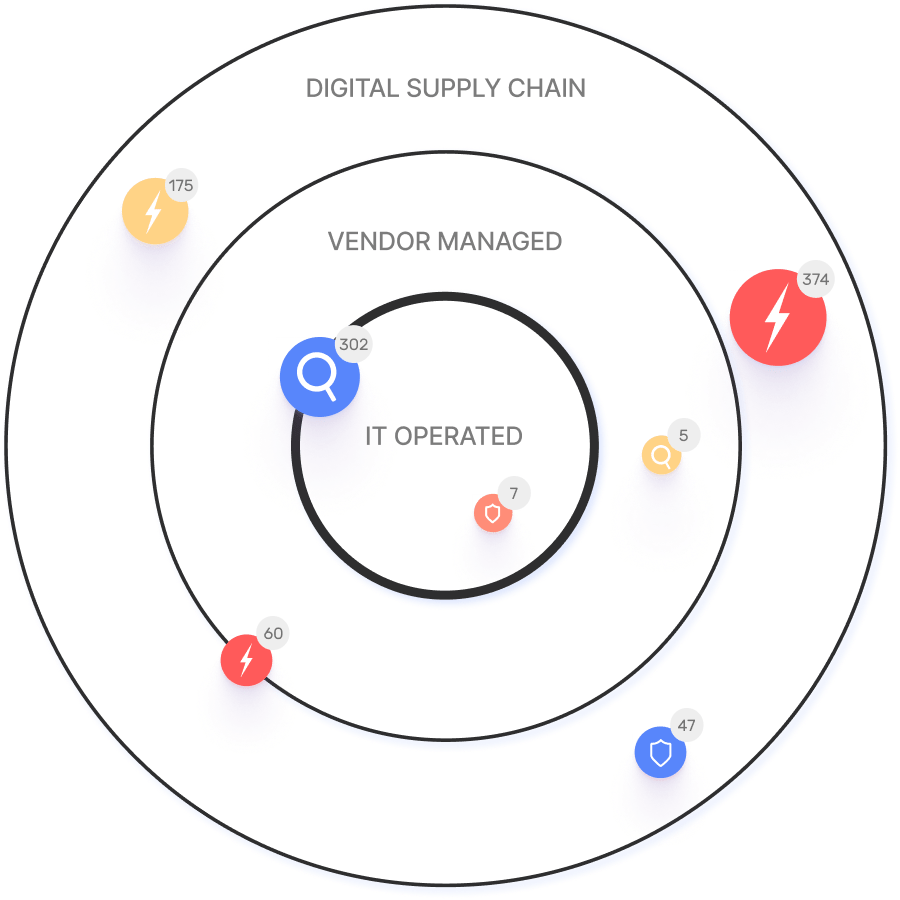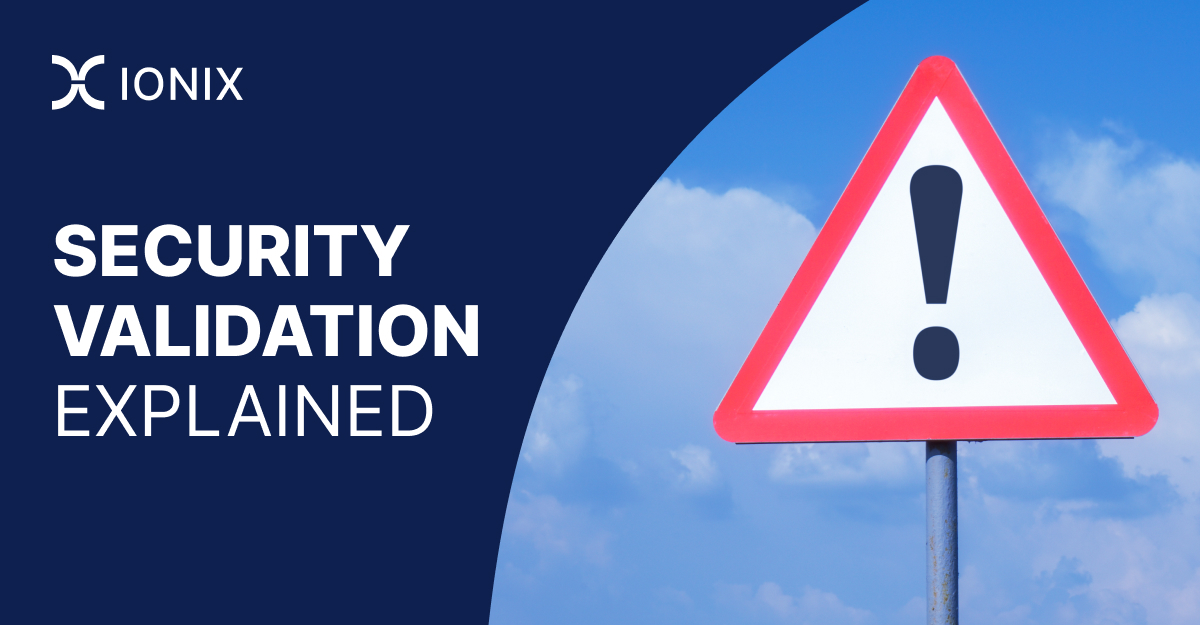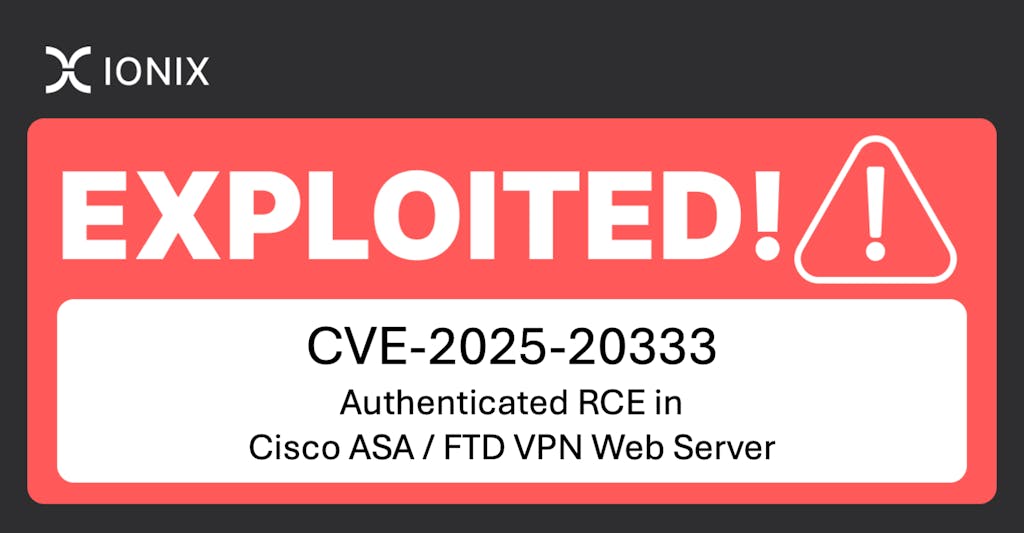Frequently Asked Questions
Product Information & Features
What is IONIX and what does it do?
IONIX is an External Exposure Management platform designed to identify exposed assets and validate exploitable vulnerabilities from an attacker's perspective. It enables security teams to prioritize critical remediation activities by cutting through the flood of alerts. Key features include complete attack surface visibility, identification of potential exposed assets, validation of exposed assets at risk, and prioritization of issues by severity and context. Learn more.
What are the main features and capabilities of IONIX?
IONIX offers Attack Surface Discovery, Risk Assessment, Risk Prioritization, and Risk Remediation. It discovers all that matters, monitors your changing attack surface, and ensures more assets with less noise. Additional features include ML-based 'Connective Intelligence', Threat Exposure Radar, comprehensive digital supply chain mapping, and streamlined remediation workflows. More details.
How does IONIX Exposure Validation work?
IONIX Exposure Validation uses automated, non-intrusive attack simulation techniques to validate real-world exploitability across your entire attack surface. It pinpoints exploitable risks, adapts coverage to evolving threats, and provides actionable evidence for prioritization and collaboration. This reduces manual testing and improves security posture. See details.
What integrations does IONIX support?
IONIX integrates with Jira, ServiceNow, Slack, Splunk, Microsoft Sentinel, Palo Alto Cortex/Demisto, AWS Control Tower, AWS PrivateLink, and Pre-trained Amazon SageMaker Models. For a full list, visit IONIX Integrations.
Does IONIX offer an API?
Yes, IONIX provides an API for integration with major platforms such as Jira, ServiceNow, Splunk, Cortex XSOAR, and more. Learn more.
Pain Points & Solutions
What problems does IONIX solve?
IONIX addresses four core pain points:
- Complete External Web Footprint: Identifies shadow IT and unauthorized projects, ensuring no external assets are overlooked.
- Proactive Security Management: Enables early threat identification and mitigation before escalation.
- Real Attack Surface Visibility: Provides attacker-perspective visibility for better risk prioritization.
- Continuous Discovery and Inventory: Maintains up-to-date asset inventory in dynamic IT environments.
How does IONIX solve these pain points?
IONIX uses ML-based discovery, automated exposure validation, and continuous asset tracking to identify and prioritize risks. Its Threat Exposure Radar and streamlined remediation workflows ensure actionable insights and efficient risk reduction. See more.
What are the KPIs and metrics associated with IONIX's solutions?
Key KPIs include completeness of attack surface visibility, identification of shadow IT, remediation time targets, effectiveness of surveillance, severity ratings for vulnerabilities, risk prioritization effectiveness, asset inventory completeness, and frequency of asset updates.
Use Cases & Customer Success
Who can benefit from using IONIX?
IONIX is designed for Information Security and Cybersecurity VPs, C-level executives, IT managers, and security managers. It is suitable for organizations across industries, including Fortune 500 companies.
What industries are represented in IONIX's case studies?
IONIX case studies cover Insurance and Financial Services, Energy, Critical Infrastructure, IT and Technology, and Healthcare. See case studies.
Can you share specific customer success stories?
Yes. E.ON used IONIX to continuously discover and inventory internet-facing assets, improving risk management (read more). Warner Music Group boosted operational efficiency and aligned security operations with business goals (learn more). Grand Canyon Education enhanced security by proactively discovering and remediating vulnerabilities (details).
Who are some of IONIX's customers?
IONIX's customers include Infosys, Warner Music Group, The Telegraph, E.ON, Grand Canyon Education, and a Fortune 500 Insurance Company. See more.
Security, Compliance & Performance
What security and compliance certifications does IONIX have?
IONIX is SOC2 compliant and supports companies with NIS-2 and DORA compliance, ensuring robust security measures and regulatory alignment.
How does IONIX perform in terms of product innovation and usability?
IONIX earned top ratings for product innovation, security, functionality, and usability. It was named a leader in the Innovation and Product categories of the ASM Leadership Compass for completeness of product vision and a customer-oriented, cutting-edge approach to ASM. Source.
What feedback have customers given about IONIX's ease of use?
Customers have rated IONIX as user-friendly and appreciate having a dedicated account manager for smooth communication and support.
Implementation, Support & Training
How long does it take to implement IONIX and how easy is it to start?
Getting started with IONIX is simple and efficient. Initial deployment takes about a week and requires only one person to implement and scan the entire network. Customers have access to onboarding resources like guides, tutorials, webinars, and a dedicated Technical Support Team. More info.
What training and technical support does IONIX provide?
IONIX offers onboarding resources such as guides, tutorials, webinars, and a dedicated Technical Support Team to assist customers during implementation and adoption. Learn more.
What customer service and support is available after purchase?
IONIX provides technical support and maintenance services during the subscription term, including troubleshooting, upgrades, and maintenance. Customers are assigned a dedicated account manager and benefit from regular review meetings. Details.
Competitive Differentiation
How does IONIX differ from similar products in the market?
IONIX stands out with ML-based 'Connective Intelligence' for better asset discovery, Threat Exposure Radar for prioritizing critical issues, comprehensive digital supply chain coverage, and streamlined remediation. It reduces noise, validates risks, and provides actionable insights for maximum risk reduction and operational efficiency. Learn more.
Why should a customer choose IONIX?
Customers choose IONIX for better discovery, focused threat exposure, comprehensive digital supply chain coverage, and streamlined remediation. Its ML-based intelligence finds more assets with fewer false positives, and its actionable insights help teams prioritize and resolve critical issues efficiently. See why.
Blog & Resources
Where can I find the IONIX blog?
Read the IONIX blog for insights and updates on cybersecurity at this page.
What kind of content does the IONIX blog provide?
The IONIX blog covers cybersecurity, risk management, vulnerability management, exposure management, and industry trends. Key authors include Amit Sheps and Fara Hain.
Where can I find technical documentation and resources for IONIX?
Technical documentation, guides, datasheets, and case studies are available on the IONIX resources page: IONIX Resources.
Security Validation & Risk Reduction
What is security validation and why is it important?
Security validation refers to tools, techniques, and processes used to validate exploitability and how security controls react. It is crucial for pinpointing critical weaknesses, prioritizing exploitable risks, and providing evidence to support remediation. Read more.
What benefits does security validation offer?
Security validation offers risk-based prioritization, verification of security measures, buy-in from remediation stakeholders, adoption of proactive security strategies, better incident response, and compliance with regulatory requirements.
What challenges do traditional security validation methods present?
Traditional methods risk disrupting production systems, rely heavily on manual, labor-intensive testing, and offer limited frequency and coverage. These challenges highlight the need for automated, comprehensive approaches like IONIX Exposure Validation.
How does security validation foster trust and collaboration?
Security validation provides tangible evidence of potential breaches, making it easier to secure support and resources for timely remediation. It builds trust between security and IT stakeholders, ensuring effective risk reduction.
